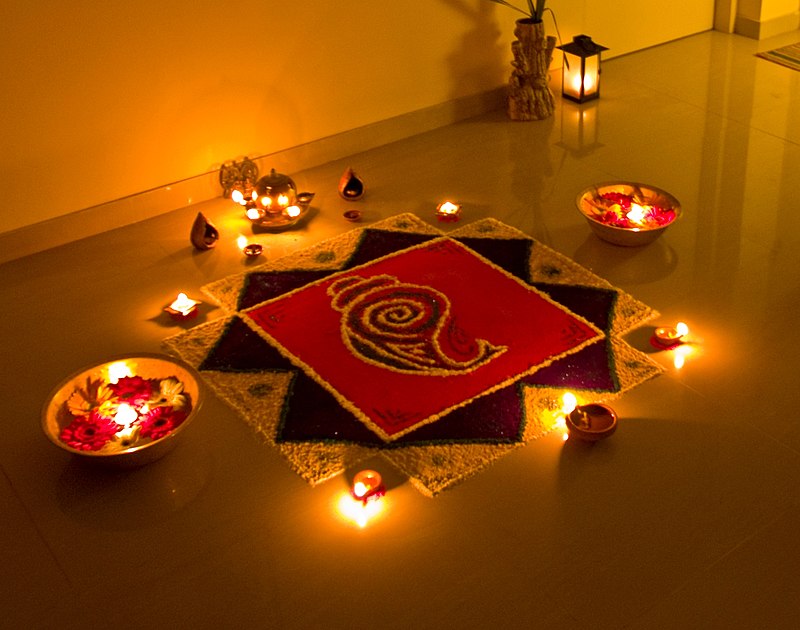
The sweets were exchanged at multiple points, including prominent posts in Ladakh, a region that has been central to recent escalations between the two nations. The display of camaraderie between soldiers, which unfolded against the backdrop of colorful Diwali festivities, is not merely a cultural celebration but serves as an indicator of low-level diplomatic ties still at work. Although official diplomatic progress has been slow, these small-scale interactions at the troop level offer a glimpse of a functional protocol that remains in place to manage relations on the ground.
These Diwali exchanges follow recent talks held between senior military officials from both countries aimed at de-escalation, particularly in the Ladakh region. Such meetings have been frequent since the 2020 standoff at Galwan Valley, which resulted in fatalities on both sides. While bilateral discussions often highlight China’s insistence on the strategic positioning in disputed zones, India has maintained that peace is achievable only through the mutual withdrawal of forces from friction points. Both governments have reiterated a commitment to restoring tranquility, yet the continued need for protocols like these Diwali exchanges suggests unresolved tensions are still deeply rooted.
